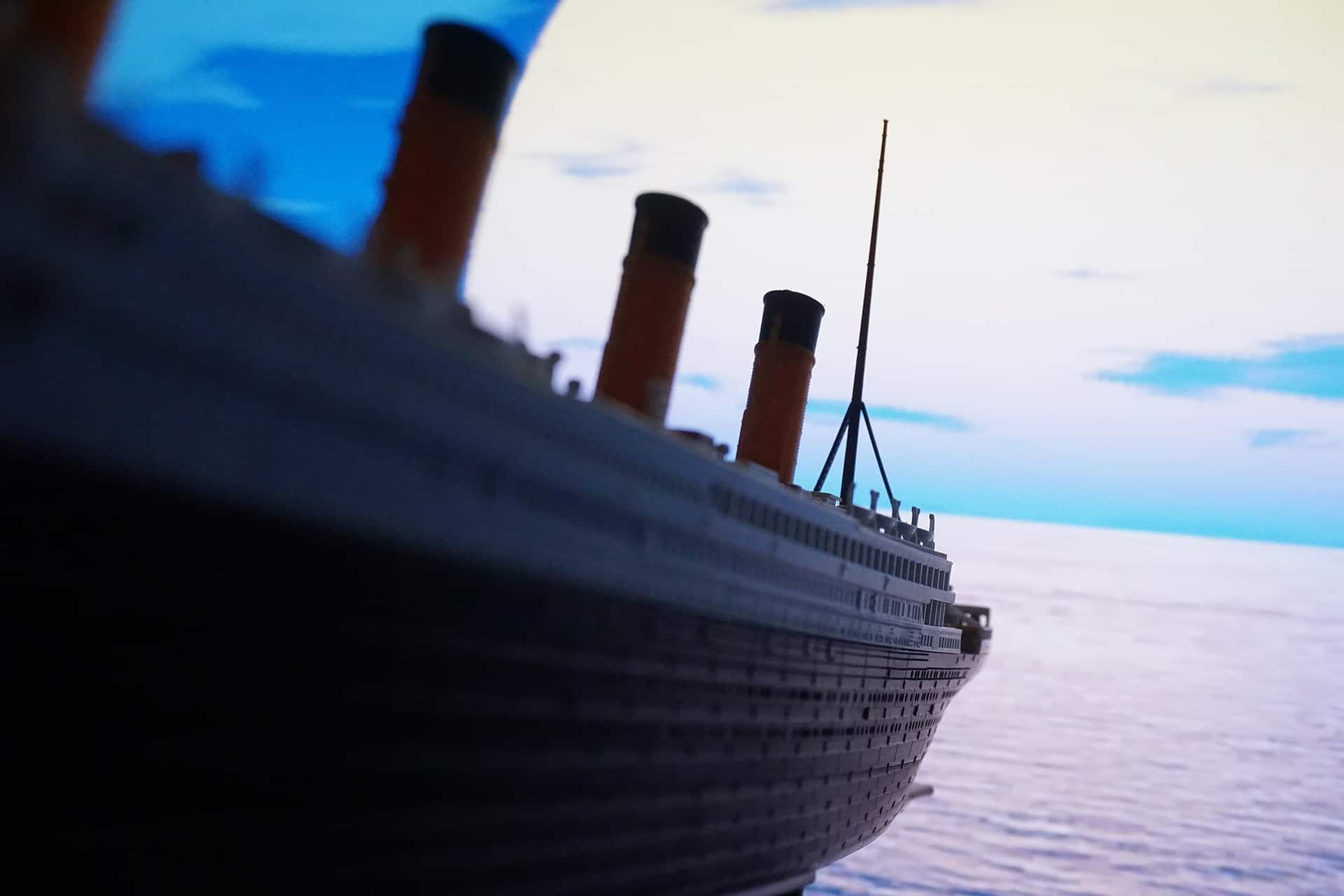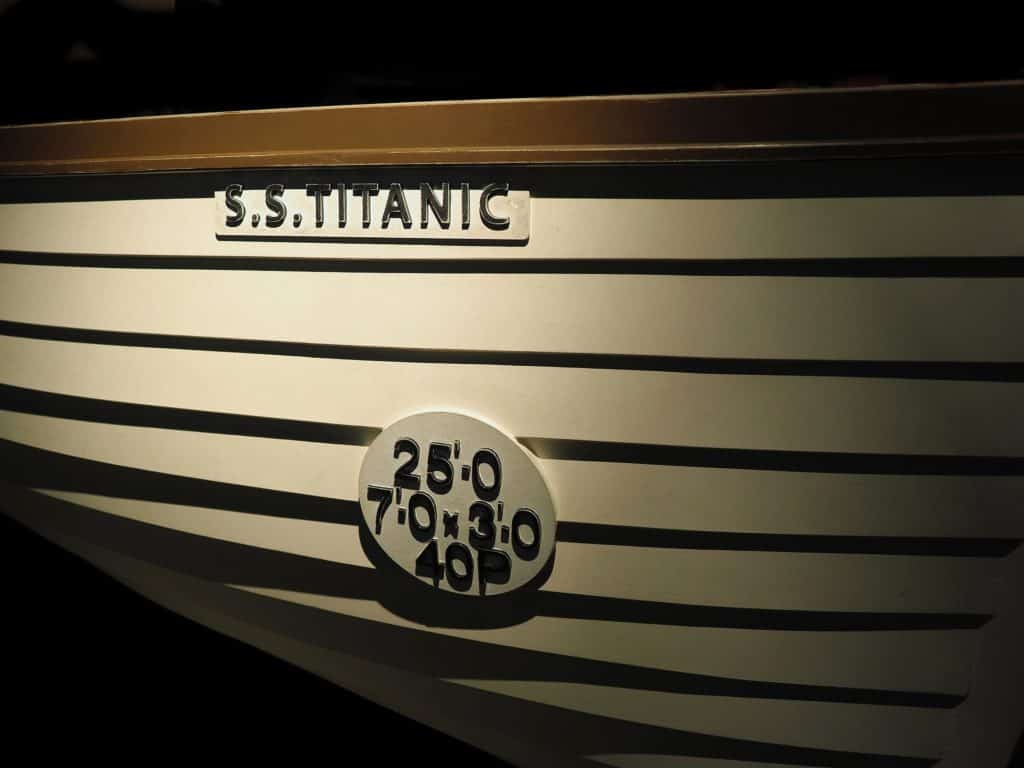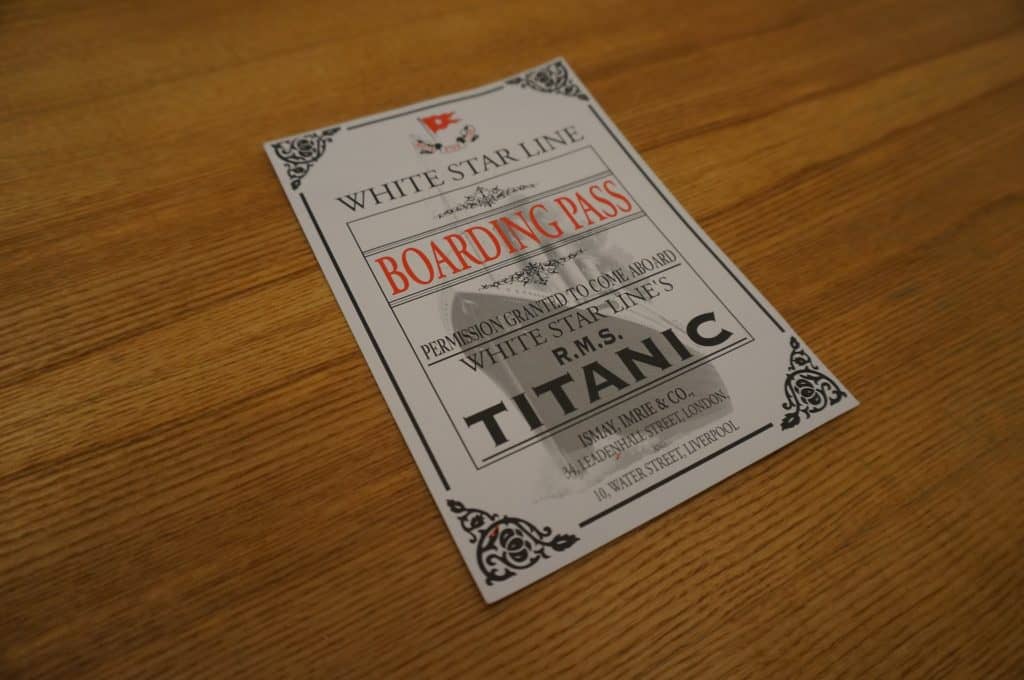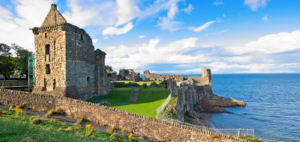Belfast’s Uniques: Titanic Dock and Pump House

Updated On: April 07, 2024 by Noha Nabil
Titanic Dock and Pump House is a huge part of Belfast as it is the iconic place where the famous Titanic Liner was built. Nowhere else can bring you closer to the world’s most recognised ship than here.
The Ship set in the very dry dock on the eve of its first and last voyage in April 1912. The Titanic is most remembered for the dramatic story of her sinking and the loss of many lives on board the liner, but in 1912, she was an icon for all that was great about the 20th Century.

At the Dock and Pumphouse
At the Titanic’s Dock, you have a unique opportunity to explore the Titanic’s site. The pump house has become a visitor centre with modern interactive facilities. Guided tours offer tourists an in-depth tour of the Dock and Pumphouse and hear all about the history and powerful stories of the site.
You also have the opportunity to see the Titanic at the docks via audio and visual presentations that include rare footage of the ship at the dock in 1912. More so, experience the engineering brilliance and see the original pumps that your tour guides will tell you all about through more audio and visual presentations.
The Titanic Dock and Pump House is a huge part of the History of Belfast shipbuilding and really tells an in-depth story of what it was like to be and work here in the 19th century.

The Titanic’s Short History
We’re all familiar with the tragic fate of the RMS Titanic on its first and final voyage across the Atlantic. Some of the world’s wealthiest people were on board the Titanic, along with hundreds of emigrants from Britain and Europe, seeking a new life in the United States.
After the ship hit an iceberg on 14 April 1912, many people lost their lives due to the shortage of lifeboats. The RMS Carpathia arrived two hours later and was able to take on board around 705 survivors.
The remains of the sunken Titanic were discovered in 1985 at a depth of around 12,415 feet. Thousands of artefacts have been recovered from the wreckage and are now displayed at museums worldwide.
Titanic Quarter and Titanic Belfast
Titanic Quarter in Belfast, Northern Ireland, includes historic maritime landmarks, film studios, education facilities, apartments, an entertainment district, and the world’s largest Titanic-themed attraction.
One of the aforementioned attractions is Titanic Belfast, which opened in 2012 on the site where the RMS Titanic was built. Titanic Belfast takes visitors through the story of the RMS Titanic and her sister ships, the RMS Olympic and HMHS Britannic, through different galleries.
Titanic Dock and Pump House
When Titanic was being built, from 1909 to 1912, Belfast led the world in shipbuilding. Around 176 ships were launched from Belfast at the beginning of the 20th century.
The Titanic Dock and Pump House is the iconic place where the famous RMS Titanic was built. It is located on Queens Road in Belfast’s Titanic Quarter. The pump house has been converted into a visitor centre with modern interactive facilities. Guided tours offer tourists an in-depth tour of the Dock and Pumphouse and hear all about the history and powerful stories of the site.
You also have the opportunity to see the Titanic at the docks via audio and visual presentations that include rare footage of the ship at the dock in 1912. More so, experience the engineering brilliance and see the original pumps that your tour guides will tell you all about through more audio and visual presentations.
The Titanic Dock and Pump House is a huge part of the History of Belfast shipbuilding and really tells an in-depth story of what it was like to be and work here in the 19th century.
Guided tours offer visitors an in-depth tour of the Dock and pump house. Interpretative panels, archive film footage, and computer-generated imagery tell the story of the people, the ships and the technology.
Cormac Ó Gráda, professor of economic history at University College Dublin, says, “The exciting thing about the site is that it was an unpromising place, to begin with, and Belfast was an unlikely location for the world-beating shipbuilding industry.
The place is a testament to the forward-looking policies of the powers in mid-19th century Belfast. They had two companies operating there for about half a century, and both would have been among the top ten shipbuilders in the world. Harland & Wolff was very near the top….The location has a double resonance.
It is inseparable from Belfast’s brilliant past as a leading city of the British Industrial Revolution and the central role of shipbuilding in that past. But it also recalls the tragic story of Titanic, sometimes retold as a parable for thwarted ambition, as a metaphor for Ulster’s troubled history.”
It is also reported that he was pretty impressed when James Cameron, director of the highly acclaimed 1997 Titanic film, visited the museum. “It’s quite phenomenal,” he said. “It’s a magnificent, dramatic building, the biggest Titanic exhibition in the world.”
Preservation and Tourism
In recent years, the Titanic Dock and Pump House have been transformed into key attractions within Belfast’s thriving tourism industry. The Titanic Quarter, where these structures are located, has undergone extensive redevelopment, with hotels, restaurants, and entertainment venues springing up alongside historical landmarks.
Visitors to the Titanic Dock and Pump House can explore the sites through guided tours, which offer in-depth explanations of their history and significance. Exhibits within the Pump House provide context for the engineering feats achieved by the shipbuilders of Harland and Wolff, while interactive displays engage visitors of all ages.
The Titanic Dock remains an awe-inspiring sight, its vast expanse serving as a poignant reminder of the scale and ambition of the shipbuilding industry at the turn of the 20th century. On its edge, visitors can imagine the hustle and bustle of activity that once filled this space as craftsmen and labourers worked tirelessly to bring the Titanic to life.
Cultural Significance
Beyond their architectural and historical importance, the Titanic Dock and Pump House hold a special place in the hearts of the people of Belfast. The story of the Titanic is deeply intertwined with the city’s identity, symbolizing its industrial prowess and the human cost of progress.
The sinking of the Titanic in 1912, with the loss of over 1,500 lives, remains one of the deadliest maritime disasters in history. For the people of Belfast, many of whom had family members who worked on the ship, the tragedy left a lasting impact on their community.
In recent years, efforts have been made to commemorate the lives lost in the Titanic disaster and to honour the legacy of those who built the ship. Memorials and museums dedicated to the Titanic have been established in Belfast and other cities worldwide, ensuring that the story of the ill-fated ship continues to be told for generations to come.
Conclusion
The Titanic Dock and Pump House are more than just historical landmarks; they are living testaments to Belfast’s industrial heritage and its enduring connection to the RMS Titanic. As symbols of the city’s past, present, and future, these structures are reminders of the ingenuity, innovation, and resilience of the people who built them.
Through preservation and tourism, the Titanic Dock and Pump House continue to inspire and educate visitors from around the world, offering a glimpse into the past while also pointing towards the possibilities of the future. In Belfast’s Uniques, the story of the Titanic lives on, ensuring that its legacy will never be forgotten.
Now, if that’s not enough incentive to motivate you to visit the phenomenal landmark, we don’t know what is!
Have you ever visited Titanic Quarter and the Titanic Dock & Pumphouse? Let us know your experience in the comments below.
More Great ConnollyCove Blogs: SS Nomadic – Titanic’s Sister Ship | Titanic Museum Belfast | Belfast City – Visit Belfast | Game of Thrones Tapestry | Danny Boy Song






